As a native New Yorker who hasn’t ventured too far outside of Montreal and Quebec City, I admittedly was stumped at producing a list longer than five items for food that is popular in each province.
A self-proclaimed foodie, I’m ashamed to say that I haven’t been too curious as to what defines the cuisine of more western provinces such as Alberta, Saskatchewan, and Nunavut. Let’s explore what fun and possibly unexpected eats are relished by Canadians in each province from the east to the west coast.
Newfoundland & Labrador
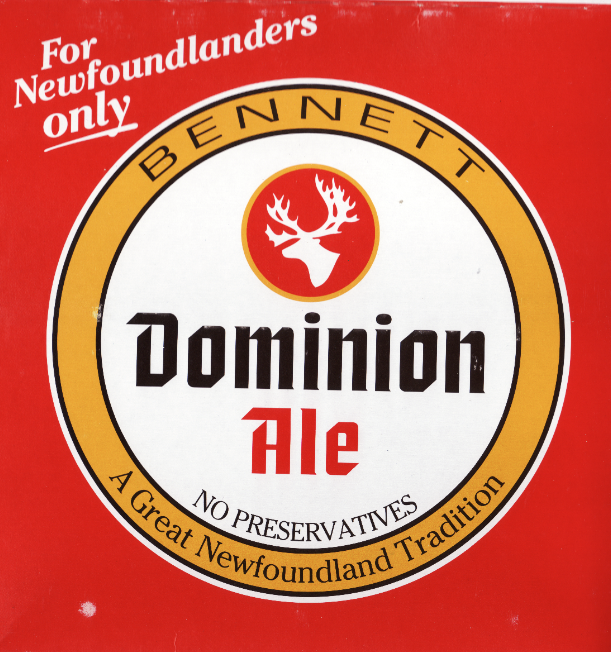
Photo courtesy of bennetdominionale.com
Beer, one of the beverages most commonly associated with Canadians, is produced in Newfoundland. The five traditional brands are Bennett Dominion Ale, India Beer, Black Horse, Blue Star, and Jockey Club. I ain’t a beer aficionado, but some India Pale Ale would be much appreciated in the summer heat.
It turns out that this province has quirky, fairly unheard of terms for a variety of dishes enjoyed in regions around the province. Newfoundlanders appear to be huge fans of gluttony, with ample amounts of salt and pork galore. Heck, they even include salt pork in a provocatively named dessert, the bangbelly, a conglomerate of day old bread, salt pork, fruit, mollases, fat, and some warm spices.
Toutons, deep fried bits of fresh dough, are typically enjoyed with a layer of butter spread on top (there’s no telling how thick that layer can get…). A more simple weeknight staple is Jigg’s dinner, a one pot dish of boiled salt beef, root vegetables, and potatoes.
Prince Edward Island
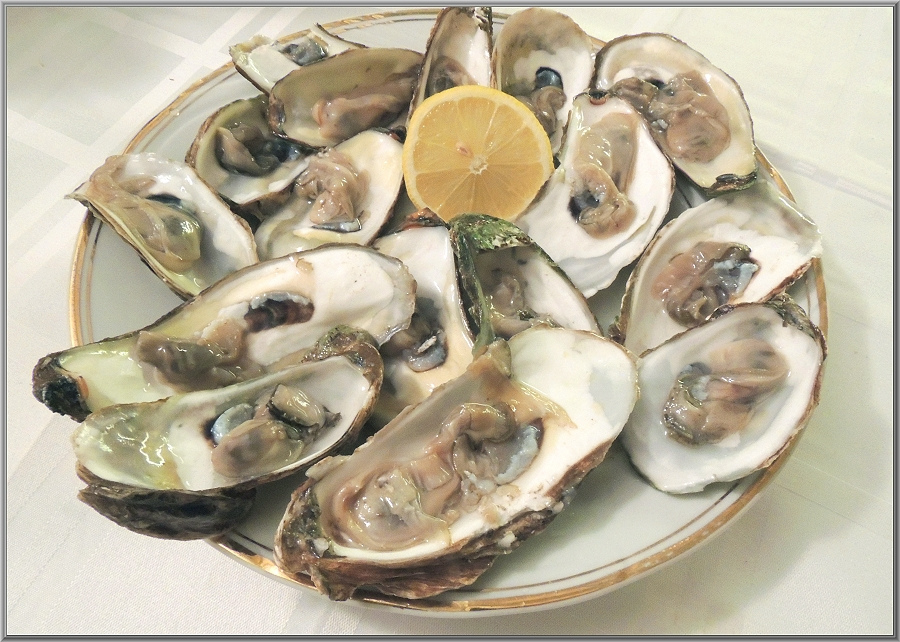
Photo courtesy of Edward A. Aue from Flikr.com
Well known for its maritime cuisine, PEI is in particular famous for its plethora of oysters, many of which are named after the waters they are harvested from. Fortunately, you don’t have to go to PEI to sample some of those fine Raspberry Point or Malpeque oysters – many oyster bars along the east coast serve them.
However, if you do find yourself salivating over the thought of perfectly briny oysters and want to check out the Maritimes, consider going to PEI in September for the PEI Shellfish Festival, an annual celebration of mussels, clams, oysters, and other aquatic gastronomy.
New Brunswick
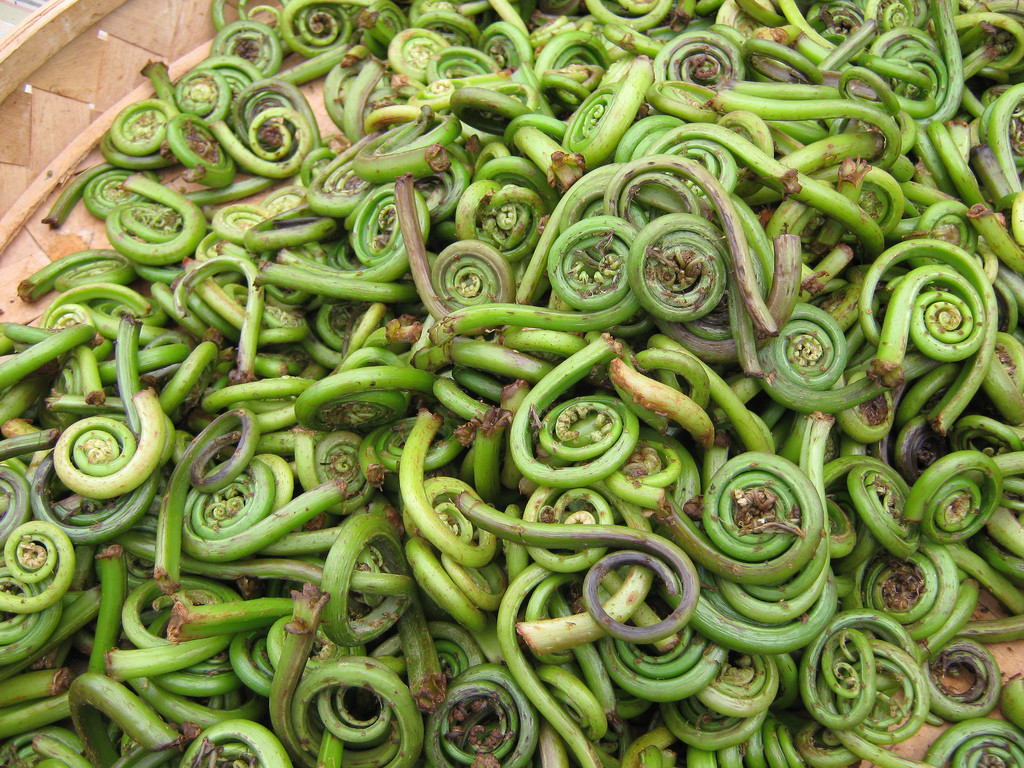
Photo courtesy of Glenn Fleishman from Flikr.com
Fiddleheads, the tiny green vegetables that bear a striking resemblance to the curvaceous snail, are an integral part of New Brunswick cuisine. They’re the unfurled frond of a fern, and have traditionally been harvested in Saint John River Valley by the Maliset, an indigenous Algonquian tribe.
I first had the chance to try fiddleheads at La Loux restaurant in Montreal. With a crunch reminiscent of asparagus, the fiddleheads were a lovely contrast to the rich duck magret, umami ladden morel mushroom, and creamy cow parsnip sour cream. While fiddleheads can be purchased frozen year round, they’re sold fresh at local markets in the eastern Canadian provinces during the spring.
Nova Scotia
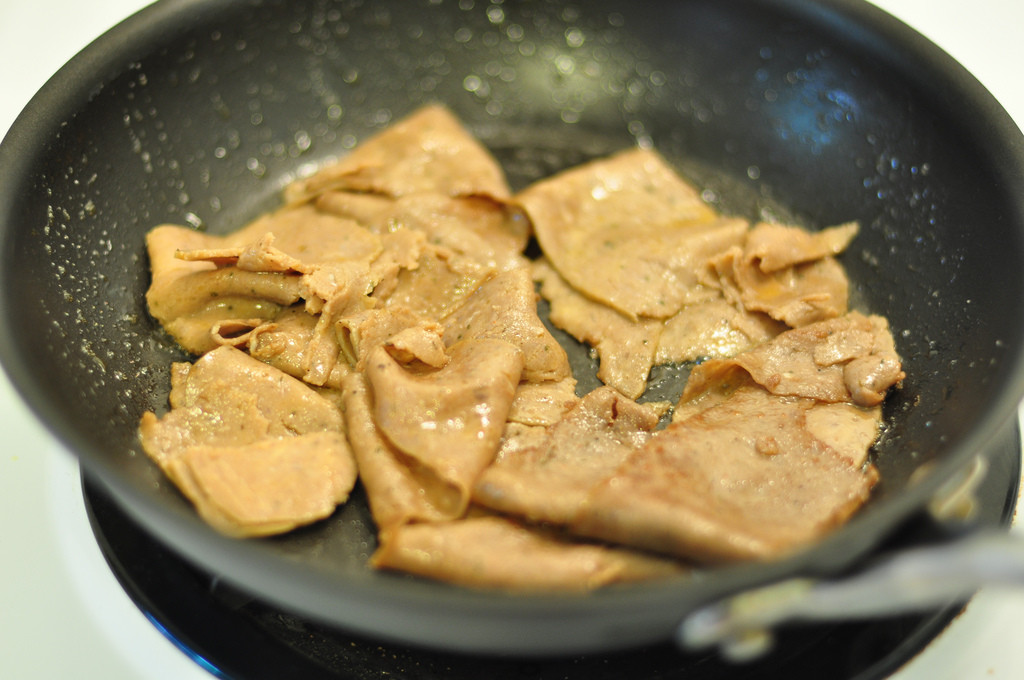
Photo courtesy of Lucas Richarz from Flikr.com
My first year living in residence at McGill, I was roommates with a fellow spoon writer, Keah, who hails from Nova Scotia. Constantly bonding about our shared love of food in the context of our hometowns, I got to learn more about what defines Nova Scotian food.
Along with PEI and New Brunswick, Nova Scotia is part of the Maritimes and focuses heavily on seafood…I’ve heard many a story about nights out at a pub with some classic fish and chips. Aside from seafood, Nova Scotian cuisine is known for a particular dish – the “donair”, a beef kebab served with sweet condensed milk sauce.
Quebec
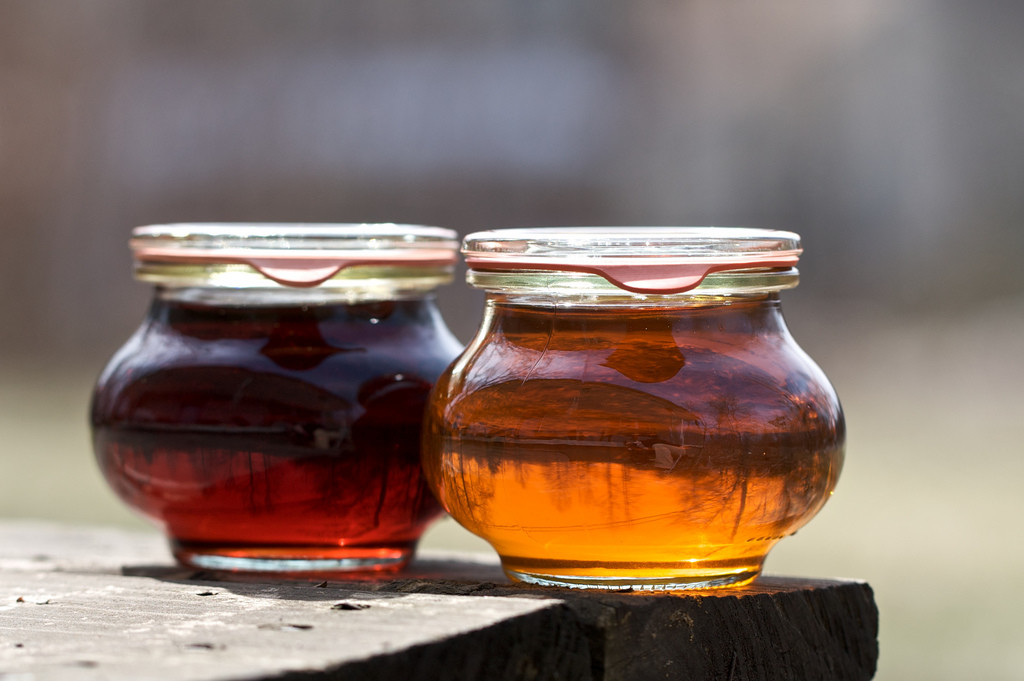
Photo courtesy of Flikr.com
Ubiquitously known as the land of maple syrup, bagels, smoked meat, and poutine, this eastern province is known to enjoy some less hyped dishes as well. In particular, the humble baked beans have a welcome place in Quebec families’ homes, along with pea soup and baked ham.
Ontario
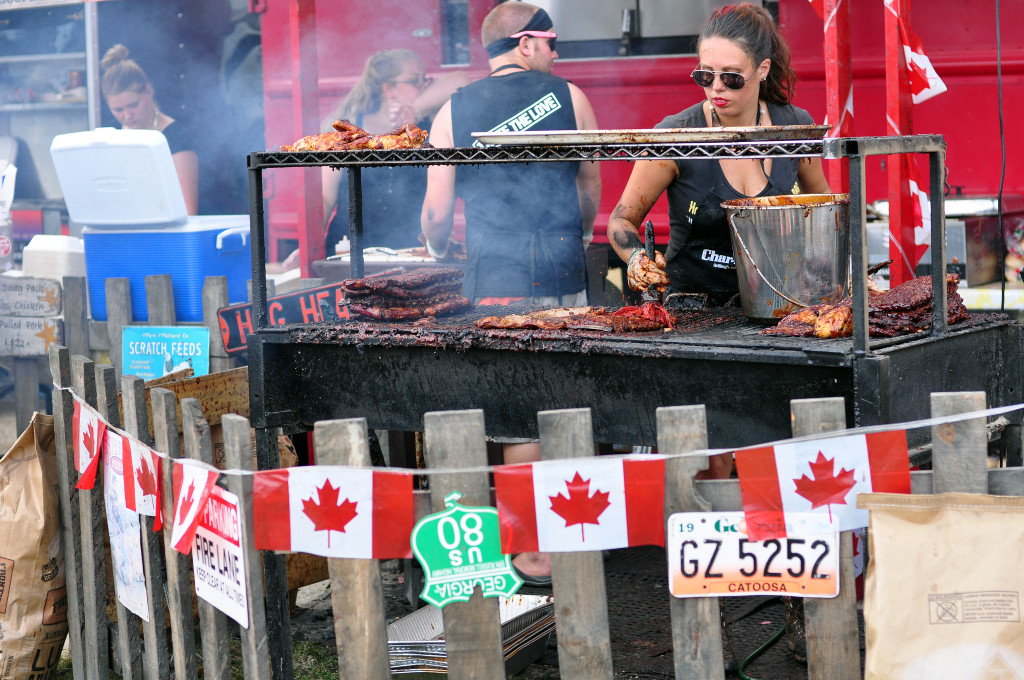
Photo courtesy of Lucas Richarz from Flikr.com
Located further west along the Canadian mainland from Quebec, Ontario is the go to place for freshwater fish – that includes: salmon, walleye, yellow perch, trout, crappie, and whitefish. That’s not all; however, Ontario’s vast size and cultural demographics make for a number of distinct sub-cuisines across various regions of the province.
Ottawa is home to a large Lebanese community, and they’ve integrated classic Middle Eastern food such as shawarma into their pocket of the region.
On the other hand, Toronto and Kitchener-Waterloo are respectively home to Caribbean and German communities; due to that, jerk chicken and curried goat are common items on restaurant menus in Toronto while German sausage dominates in the pubs and classic Eastern European delis of Kitchener-Waterloo.
If you’re just trying to make the most of fresh, seasonal food, you might consider treating yourself to delectable corn on the cob and wild blueberries during the summertime. If you happen to be in Toronto over the summer, go to Toronto Rib Fest, a community festival celebrating ribs!
Manitoba
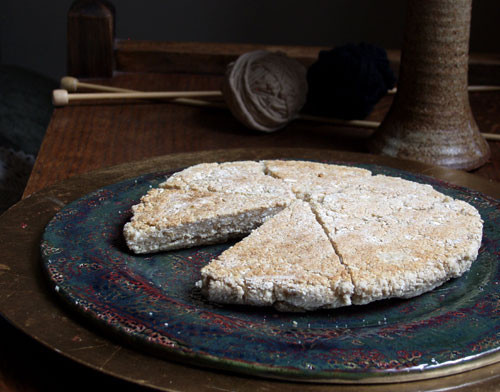
Photo courtesy of Theresa Carle-Sanders from Flikr.com
Home to 63 First Nations (aboriginal) groups, the cuisine of Manitoba ranges from traditional First Nations staples such as bannock, a flat quick bread, to more contemporary twists on local produce such as birch syrup iced coffee and beet buns.
The wild game symbolizing Manitoba is bison, and there has been a notable emphasis on different preparations of sustainably sourced bison in restaurants. Fun fact: Manitoba produces 57% of Canada’s dried bean crops. Hmm, bison bean chili, anyone?
Nunavut
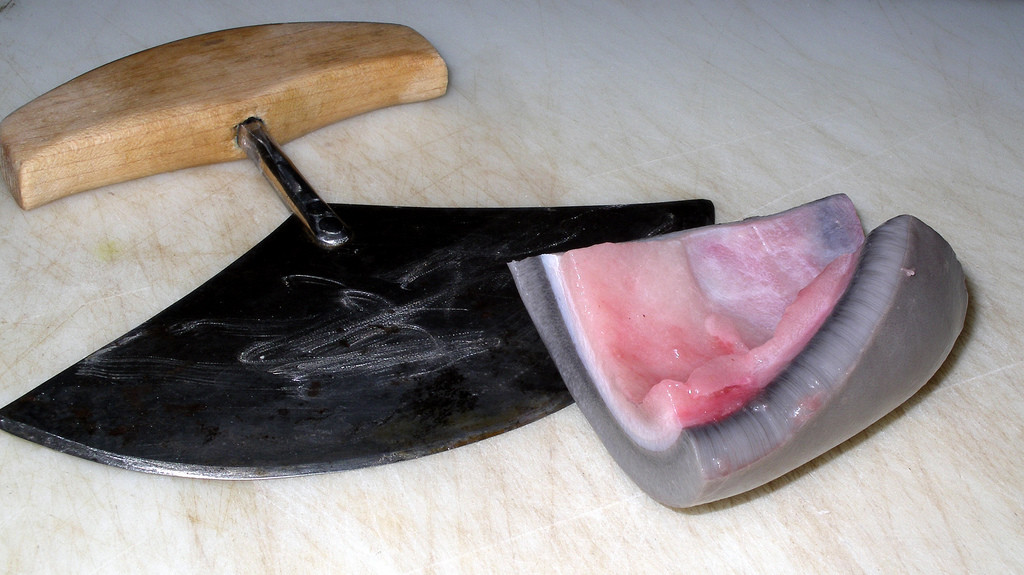
Photo courtesy of Magalie L’Abbé from Flikr.com
This northern province is one of the world’s biggest suppliers of pink cold water shrimp. A more intriguing specialty of Nunavut cuisine is maktaaq, raw whale blubber. Though I’ve never had the opportunity to sample it, I’ve read that because it is typically served frozen or at nearly room temperature, the taste is not distinguishable while the texture varies across the three layers of blubber, skin, and cartilage.
If you’re trying to evoke more conventionally palatable Nunavut flavors, consider preparing either arctic char with a slightly tart blueberry twist or a simple shrimp cocktail.
Saskatchewan
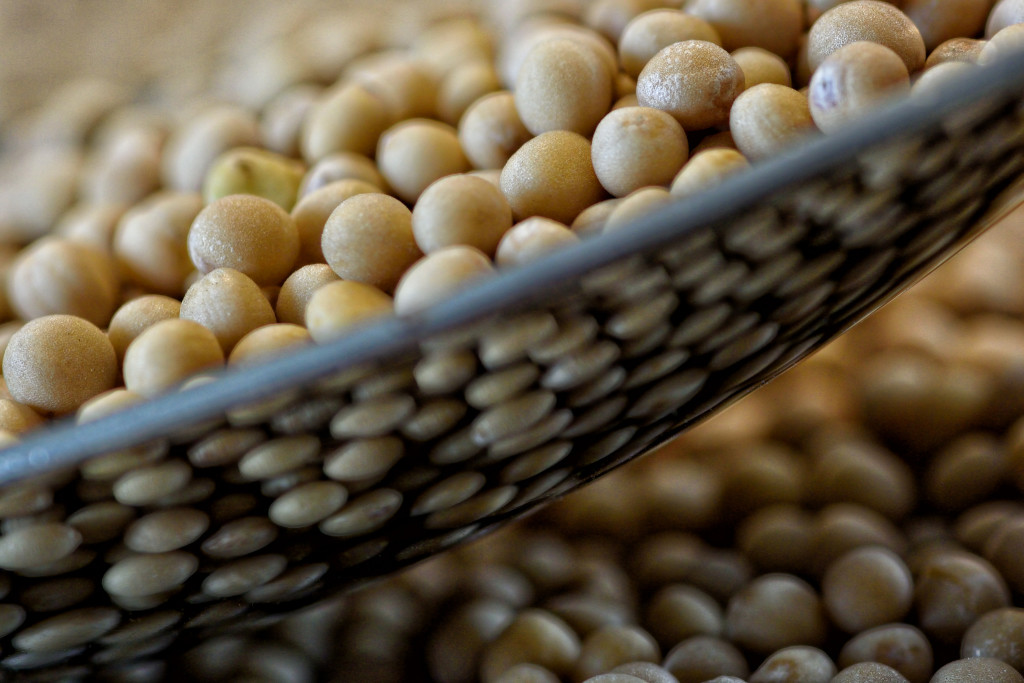
Photo courtesy of Flikr.com
Otherwise known as Canada’s breadbasket, Saskatchewan is quite similar to Manitoba and Nunavut in regards to food. Inhabited by many First Nations people, its cuisine is also very integrated with traditional aboriginal food, e.g. the aforementioned bannock.
One distinction to note is Saskatchewan’s role as one of the major producers of mustard seed – something to keep in mind if you find yourself pairing some warm, toasty bannock with whole grain mustard.
Alberta

Photo courtesy of www.albertabeerfestivals.com
Beer lovers, rejoice! Welcome to the province better known for energy provision and mining. However, Alberta has always had a beer culture, and there have been more and more microbreweries sprouting left and right.
Many attribute this phenomenon to the extremely popular Calgary International Beer Festival. From Wild Rose Brewery in Calgary to Alley Kat Brewery in Edmonton, you’re bound to find the right beer to wash down a juicy cut of prime top grade Alberta beef.
British Columbia
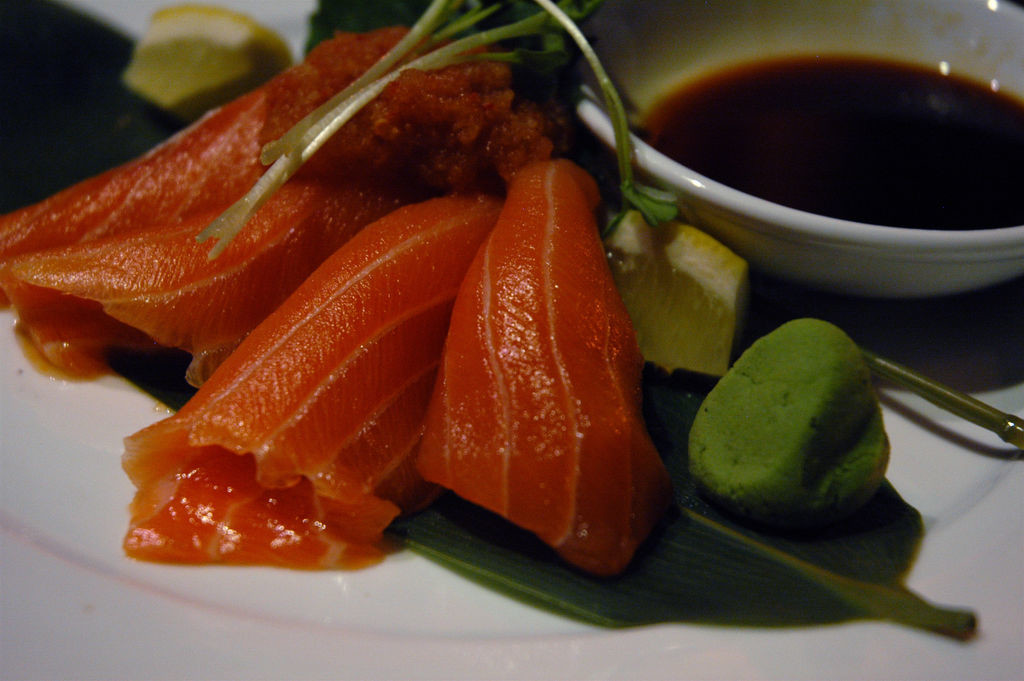
Photo courtesy of Travis Nep Smith from Flikr.com
Canada’s 3rd largest province may have one of the most diverse culinary makeups across all of Canada. With a variety of ethnic groups populating more urban hubs such as Vancouver, one can easily find an excellent Chinese or Korean restaurant adjacent to a Sri Lankan, Russian, or Ghanaian restaurant.
Though salmon is iconic all over the Northwest, BC is bountiful in: bottom fish such as sole and halibut; black cod out of freshwater fish; ahi and albacore tuna from the Pacific. If you want a very traditional salmon recipe, try making a salmon bake popular in aboriginal villages.
With all its cultural diversity to boot, what the culinary bubble of BC strives to emphasize most is a drive to source local produce, fresh caught fish, farm raised game, and grass fed beef and lamb. The term for this very intertwined relationship between chefs in BC and the high quality local ingredients is terroir.


